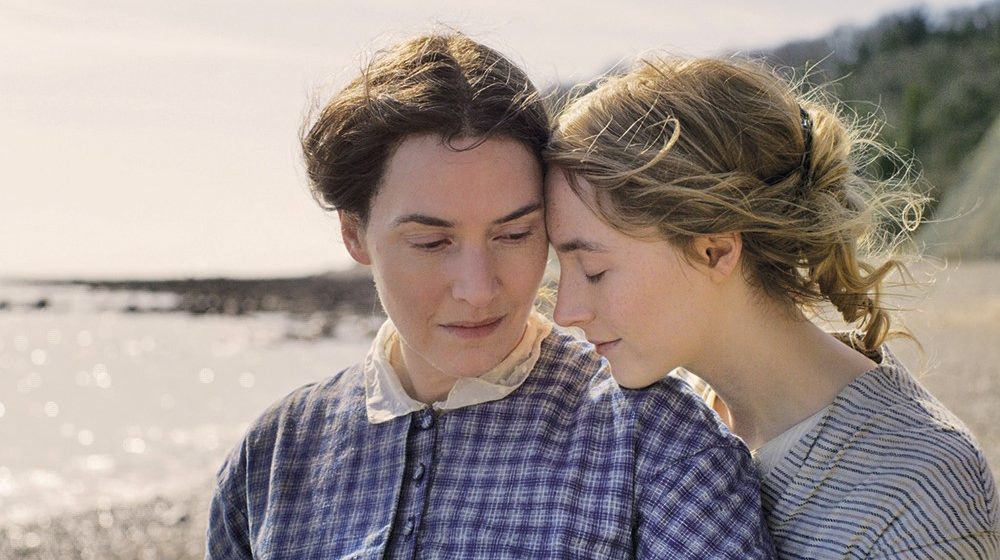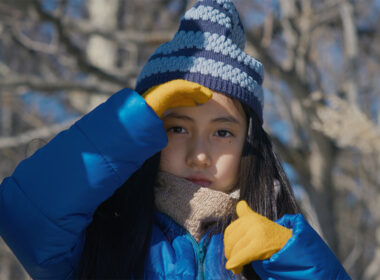Rating: ****
It’s difficult to recommend a film like Ammonite without at least spoiling part of the emotional impact the story can have on the unsuspecting audience. As well directed and gorgeously photographed the film is, like a collection of beautiful paintings that could very well be taken from the National Gallery in Trafalgar Square, much of the dissenting opinion about it highlights a very important factor – that Ammonite lacks passion, its dryness underwhelming, especially when compared to films that have come before.
The “films that came before” is, specifically, Céline Sciamma’s 2019 masterpiece Portrait of a Lady on Fire: the comparison between them being that both films are period pieces (Ammonite is mid-XIX century while Portrait is the end of XVIII) about two women hiding their romance from a patriarchal society. But here starts and ends similarity between the two works for Ammonite is not a romance, but a slow-burning drama that has more to say about the differences in emotional expectations. Go into this film knowing that even at its most lurid, it’s melancholic.
We follow the real-life palaeontologist Mary Anning (Kate Winslet) who lives with her sickly mother (Gemma Jones) in the coastal town of Dorset, scavenging the local beach for minerals to sell in her little local shop. Dark and brooding, Anning is a consequence of the patriarchal world that surrounds there. Never married, she saw her most impressive discoveries taken from her to be displayed in London with no recognition.
It’s in this almost-hermit state that she receives the visit of a young scientist (James McArdle) with a curious request – his young wife Charlotte (Saoirse Ronan) lacks motivation and drive. He trusts some time with Mary, walking by the sea, listening about old minerals, is exactly what she needs to raise her spirits. The sea breeze does little to the young rebel who, as it stands out, just needed the touch of another woman.
While the relationship develops, the audience is lured into a comforting idea that these two women are meant for each other, a notion the film starts to slowly defy as we get close to the end. Before we notice it’s stripped out from under our feet. That feeling we share at the end is all too familiar to everyone who lived a quarter of life, and there’s great strength in a piece of work that so bravely tries to go there.
This is only director Francis Lee’s second film, after taking the queer cinema world by storm with the autobiographical God’s Own Country. It’s curious to have him direct sex scenes between two women without the cliched straight male gaze. Instead, those are shot in confusing close-ups that highlight the intensity instead of luridness. It helps that both Ronan and Winslet deliver themselves to the roles with both grace and sweat. When the last shot lingers with both actresses looking at each other it’s noticeable how independent they are from each other.
Lee, aided by cinematographer Stéphane Fontaine, who previously worked people like Jacques Audiard and Pablo Larraín, work the visual strength of this glum story like a beautiful painting. Some shots stay with you long past the credits, and while the emotional and cinematic value of them is not perfect, this is only Lee’s second film, and one made with real courage to try to break the mould.




